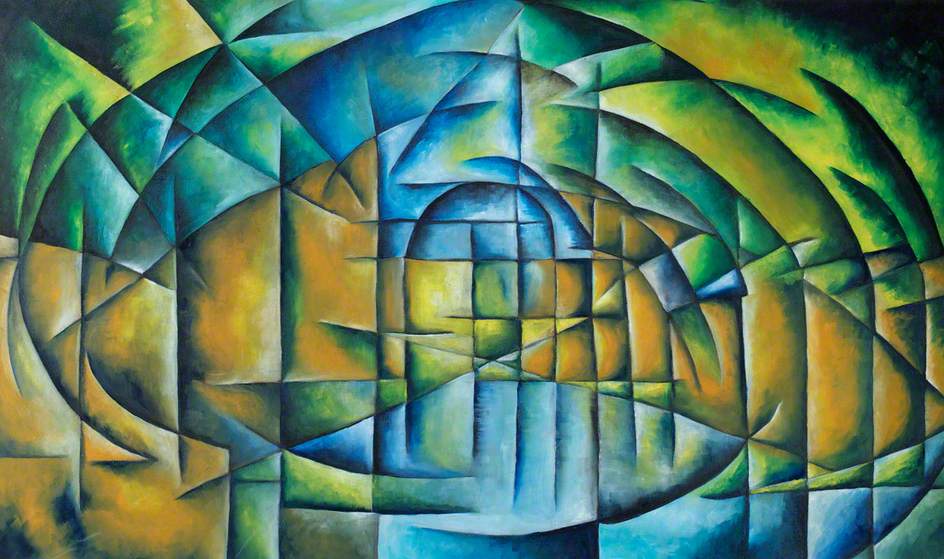

Characteristics of Cubism – Analytical Cubism (1910 – 1912) The Cubist artists went much further than Cezanne, representing objects as if they were visible on all sides at the same time. The main characteristics of Cubism were the rejection of the single viewpoint in favor of showing the fragmented subject from several different points of view, combined with the simplification of forms. Cubism followed on directly from the work of Paul Cezanne, who was very concerned with structure and breaking down objects into their simplest forms, as well as emphasizing the multiple viewpoints of binocular vision. Who Invented Cubism – History, and Characteristics of Cubism Pablo Picasso’s ‘Guitar Player’ of 1910Īs with most modern art movements, Cubism sprang from a desire to break with the past and change the meaning of art. Following this, the term quickly became widely adopted. In terms of who invented the actual name ‘Cubism’, this came about in 1908 when the artist Henri Matisse described Georges Braque’s ‘Houses at L’Estaque’ as being made up of little cubes. The overall effect is one of a fractured and distorted image. The nudes in the painting have mask-like faces and are made up of sharp angular forms. The breakthrough piece is quite clearly Les Demoiselles d’Avignon, which marks a sudden change in style and shows the influence of African and primitive art forms. Wassily Kandinsky: Parallel Projects, Ca.It can certainly be said that the person who invented Cubism was Pablo Picasso.Henry Russell Ballinger: Soirées to Seascapes.Edwin Georgi, Famous Illustrator with Minimal Biog.Seated Couples by Herbert Morton Stoops.Picasso's Analytical Cubism: Identify the Subjects.Some examples of early cubist portraits are shown below. In other words, instead of showing a more complete view of the subject, the result is that even less of the subject is understandable to a viewer than would have been the case for a traditional portrait. A viewer of the work might be able to identify how a few fragments originated, but would be at a loss to comprehend how the entire work was assembled. The result will probably be an image that is so fragmented that only the artist himself would know what segments of his painting or drawing came from which viewpoint. After all, Pablo Picasso (1881-1973), an inventor of Cubism, was something of a prankster.Ĭonsider the hypothetical case of an artist seriously making a Cubist portrait using perhaps half a dozen different perspectives. I find it hard to believe the early cubists were serious in this regard. The peg I'm using for this post is the Analytical Cubism concept, whereby artists were supposedly presenting a subject by simultaneously using several different points of view in order to show it more completely than traditional art's single viewpoint. English art historian Douglas Cooper proposed another scheme, describing three phases of Cubism in his book, The Cubist Epoch." Those were "Early," "High" and "Late" Cubism, and the entry uses that concept to organize its discussion. A second phase, Synthetic Cubism, remained vital until around 1919, when the Surrealist movement gained popularity. In one scheme, the first phase of Cubism, known as Analytic Cubism, a phrase coined by Juan Gris a posteriori, was both radical and influential as a short but highly significant art movement between 19 in France.

"Historians have divided the history of Cubism into phases. Wikipedia has this extensive entry dealing with Cubism.


 0 kommentar(er)
0 kommentar(er)
